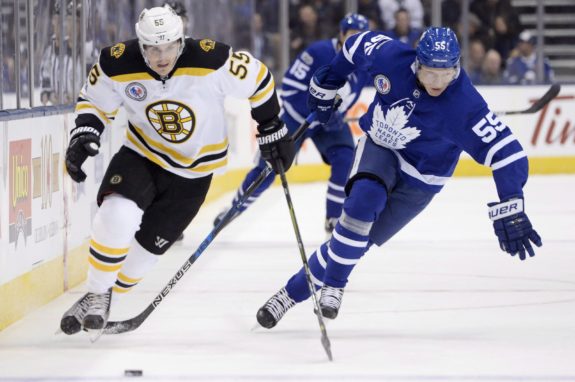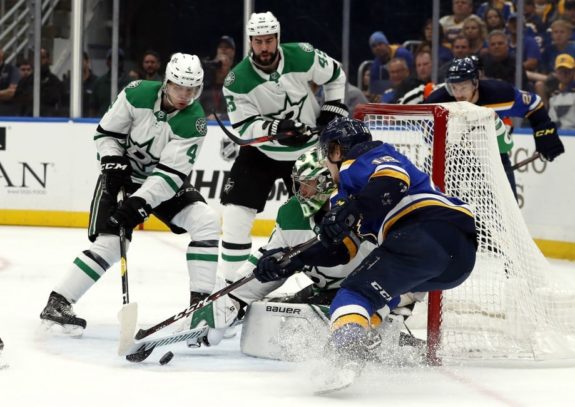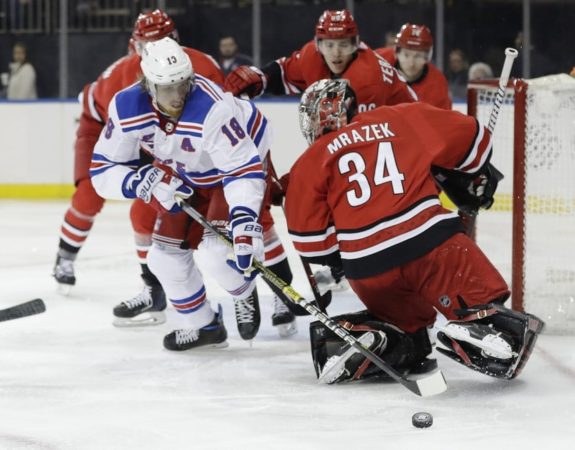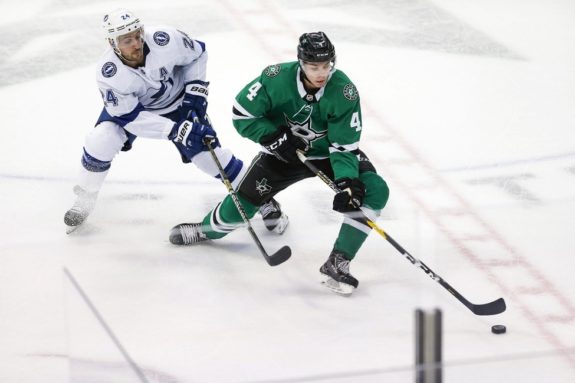The 2020 Stanley Cup Playoffs were the most unprecedented in league history. COVID-19 drastically altered the entire format to hold a fair end to an unforeseen, premature regular season conclusion. The playoff format featured scenarios never seen before or ones unused in decades. Twenty-four teams went into the Edmonton and Toronto bubbles with Stanley Cup aspirations with the Tampa Bay Lightning winning it all.
Depending on negotiations, 2021 will also feature different playoffs. The 2021-22 season will be the first opportunity the league can get back to “normal” mode and they should use some of the format from the 2020 Playoffs. The NHL should also get rid of others while taking a look at adding things they’ve never done before.
Differences in Formats
The normal format is the top three teams from each of the four divisions make up the first 12 teams while the “next two” from each conference make up the four wildcard teams. The bracket is fixed, meaning the matchups are guaranteed through the first two rounds regardless of seeding. Of the 24 teams involved in the 2020 Playoffs. the top four teams in each conference received a bye into Round 1, while the bottom 16 teams had a best-of-five series to determine who qualified for Round 1.

All the teams in the hunt at the end of the regular season held a fighting chance for the playoffs. After the Qualifying Round, everything resembled normal playoffs except Round 2 featured a reseeding instead of a fixed bracket. The highest remaining team played the lowest remaining and the second-highest played the second-lowest.
What Should Stay: Reseeding
Back in 2016, the Dallas Stars were the No. 1 seed in the Western Conference after the regular season ended. They dispatched the Minnesota Wild in Round 1 and played the St. Louis Blues in Round 2. The complaint the Stars may have is that they got eliminated in seven games by the No. 2 seeded Blues while in the other series, the team with the sixth most points, the San Jose Sharks, played the team with the seventh most points, the Nashville Predators.

The two best teams in a conference shouldn’t have a matchup in the second round. The 2020 Playoffs featured reseeding after Round 1 and should stay. For example, No. 1 Vegas Golden Knights hosted the No. 5 Vancouver Canucks, and No. 2 Colorado Avalanche hosted the No. 3 Stars. It only affects a single round in the playoffs and helps determine what should be the correct matchups.
What Should Go: Best-of-5
The Qualifying Round was a best-of-five series compared to the conventional best-of-seven. Finishing the playoffs as fast as possible was a priority for the league, but a five-game series is too short. Only one series between the Columbus Blue Jackets and Toronto Maple Leafs went the full five games. Only one went three games when the Carolina Hurricanes swept the New York Rangers.

Wins come at an even higher premium because there is little room for errors or losses. Each loss becomes even more critical while still needing three wins to secure a series. Lots can happen in a best-of-five and a series of that length is far too short.
What Could Be Added: Best-of-9 for Stanley Cup Final
The Stanley Cup Final usually holds the highest television ratings of the season for the league. The easy argument to enhance these ratings is to potentially play more games. More games would mean extra generated revenue for the league with the addition of increased fan excitement. One could also make the argument of a neutral site or outdoor game for at least Games 1 and 2. The Stanley Cup winner would need five wins instead of the usual four.
Stay: Variance of Round Robin/Last Teams In
For the 2020 Playoffs, the top four teams in each conference based on point percentage qualified for a bye into Round 1. Each conferences’ top four teams played a round-robin tournament. What the league could do is allow the next four wild card teams after the top three division teams to play in a round-robin tournament. Out of the four wildcard teams, the top two in terms of points would be the last ones to make the 16 playoff teams. This would take about a week, so the playoff teams would get a break before the playoffs start. This break could also be a problem depending on how you look at it. Teams could get cold waiting around a week for matchups to solidify.
Go: Playoff Back-to-Backs
Games 4 and 5 of the Stanley Cup Final between the Stars and Lightning were on a Friday and Saturday night, respectively. Both of these games went to overtime and were high-risk on the Stars’ season. The Stars were facing a 3-1 series deficit in Game 4 that eventually became reality after the overtime winner from Lightning defenseman Kevin Shattenkirk. Less than 24 hours later, the Stars were fighting for their season when Game 5 went to double-overtime.

They staved off elimination when Corey Perry scored the double-overtime winner. The league wanted the bubble to end as fast as possible because of the operating costs, but this isn’t the first time playoff games were back-to-backs. For example, The Boston Bruins and Montreal Canadiens played a Game 6 and Game 7 on April 26 and April 27, respectively, in the 2011 Eastern Conference Quarterfinal. Back-to-back games are always tiring for players, especially in the playoffs, and should never happen.
Added: Outdoor Playoff Games
Playoffs attract additional interest with each concurrent round compared to the regular season. This interest skyrockets the price of playoff tickets. One idea is to have every team host all their playoff games at a nearby outdoor venue. There are many pros and cons as well as problems in this. The main pro is lots of more fans will attend, which will increase the revenue substantially.

The cons are that it will diminish the exclusivity of the outdoor games, which are special events. Also, it would be a pain for some cities to find and retrofit a suitable venue. The main problem is the playoffs are usually in the spring where temperatures for an ice surface are less than favorable. This idea may be worth looking into.
The league will alter the playoff landscape for the 2020-21 season because of the delay of last season’s conclusion. The next possible time where there is a “normal” season will likely be 2021-22. These implementations and discontinuations would be good starting then. The current landscape means anything is ripe for change to the playoff format. With the current conditions involving the COVID-19 pandemic and the Seattle Kraken coming into the NHL, now is the time to implement these changes, or get rid of them altogether.